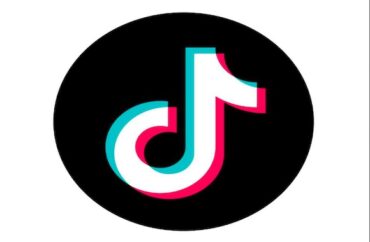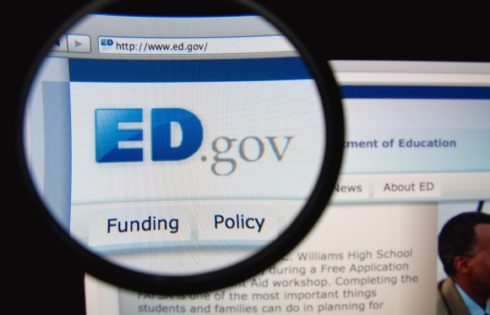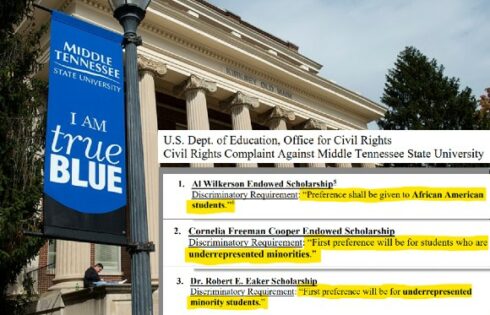
But they get around it with creative spellings and wordplay
A pair of academics claim TikTok’s content moderation disproportionately affects those from “marginalized” groups as they are more likely to discuss subjects such as suicide, race, and gender.
Kendra Calhoun of the University of Illinois Urbana-Champaign and Alexia Fawcett of the University of California Santa Barbara made the claim in their study “They Edited Out her Nip Nops’: Linguistic Innovation as Textual Censorship Avoidance on TikTok.”
Although the study came out at the end of last year, the U. Illinois News Bureau discussed the issue with Calhoun, who teaches anthropology, this past week.
Calhoun said although there is no “publicly available statistical data” regarding TikTok’s content moderation policies, “those who expressed the most fear” about being censored were individuals from marginalized communities.
A “large portion of the examples” in her study were from black, transgender, and queer TikTokers.
Calhoun added that “years of research” about the moderation policies of social media giants YouTube, X, and Instagram show that “the suppression of marginalized people’s language is an ongoing problem.”
TikTokers get around the moderation efforts by utilizing “linguistic self-censorship,” defined by Calhoun and Fawcett as “any instance of a social media creator intentionally changing their linguistic practices to avoid using a specific word or phrase, either because of potential risk for actual censorship through algorithmic enforcement of community guidelines or as a form of mimetic language play.”
MORE: Columbia ‘First Amendment’ expert defends feds working with Big Tech on ‘content moderation’
To put it another way, they “manipulat[e] spelling, sound and meaning, as well as using digital linguistic resources like emojis and speech-to-text technology.”
Examples include spelling “gay” as “ghey” and homophones such “sir-come-sized” for “circumcised.”
One of the most creatively censored words in our study was “white,” which was censored because of the widespread belief that acknowledging or talking about race, including whiteness, is harmful. Some forms change spelling, using terms like “whyte,” but many others use references to white-colored objects. Emojis for white objects, for example
,
,
, are used as a word-for-word substitution for “white,” such as “
people.” …
Many self-censored forms rely on in-group knowledge, like existing slang or earlier trends on the platform or cultural practices. When people use those forms, it signals to others in the group that they have some sort of social connection […] Some forms also signal a specific social or political viewpoint, so using the form can tell others that you are like-minded. “Isnotreal”and“Israhell”— for “Israel”— are two recent example of self-censored expressions that signal a user is critical of Israel’s current war on Palestinians in Gaza.
According to her website, Calhoun “critically analyze[s] the intersections of language, identity, and power in face-to-face and mediated contexts.”
Fawcett is a PhD candidate in linguistics who researches “the intersections of language and culture in discourse, morphosyntax, and gesture in online and offline contexts.”
MORE: Stanford flagged thousands of election social media posts with Homeland Security
IMAGE: Olivia/X
Like The College Fix on Facebook / Follow us on Twitter





Please join the conversation about our stories on Facebook, Twitter, Instagram, Reddit, MeWe, Rumble, Gab, Minds and Gettr.